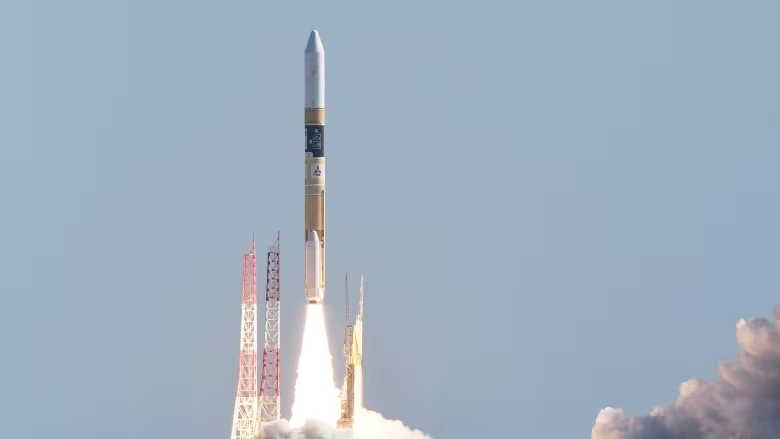
On September 7, a small lunar surface probe and various items were launched into space from the Tanegashima Space Centre on Tanegashima island, Japan, aboard the H-IIA rocket.
Japan successfully landed its Smart Lander for Investigating the Moon (SLIM) on the moon, marking the country's fifth lunar landing but facing a challenge as the probe's solar panels failed to generate power. The Japan Aerospace Exploration Agency (JAXA) announced that SLIM landed on the moon's surface with precision landing technology, aiming for a 100-meter proximity to the target, significantly more accurate than conventional landings. Despite the successful touchdown, the solar panels' misalignment led to a reliance on the lander's battery.
The SLIM mission, nicknamed the "moon sniper," aspired to enhance exploration capabilities in the moon's hilly poles, considered potential sources of oxygen, fuel, and water. The high-precision landing technology deployed by SLIM is crucial for future missions. The vehicle, measuring 2.4 by 1.7 by 2.7 meters and weighing 700 kilograms, included main engines, thrusters, solar cells, antennas, radar, and cameras, emphasizing the importance of lightweight design for cost-effective launches.
JAXA's vision-based navigation guided SLIM's descent, enabling it to recognize its location by comparing camera images with existing satellite photos of the moon. The two-step landing method, involving shock absorbers making contact with the lunar surface, aimed for a gentle and stable touchdown. SLIM successfully deployed two mini-probes, a hopping vehicle, and a wheeled rover developed jointly by Sony Group, Tomy, and Japanese universities.
However, the mission faces a waiting period of up to a month to confirm the achievement of high-precision landing goals. Notably, the moon's gravity prevents a second attempt, distinguishing lunar landings from asteroid missions where retries are possible. The significance of SLIM's success lies in its potential contributions to Japan's space ambitions, aligning with its partnership with the United States and participation in NASA's Artemis program.
Japan's space endeavours have recently encountered challenges, including setbacks in rocket development and delays caused by the launch failure of the flagship rocket H3. The SLIM mission adds to a series of disappointments for Japan, which aims to be a prominent player in space exploration. Despite setbacks, Japan remains committed to advancing its space program, evident in its collaboration with private-sector space startups and aspirations to send an astronaut to the moon.
In summary, Japan's SLIM mission achieved a precise landing on the moon, showcasing advanced technology for future lunar exploration. However, challenges with solar panel functionality pose a unique hurdle, emphasizing the complexities of space missions. Japan's aspirations in space exploration continue, despite recent setbacks, highlighting its commitment to playing a significant role in the evolving space landscape.















